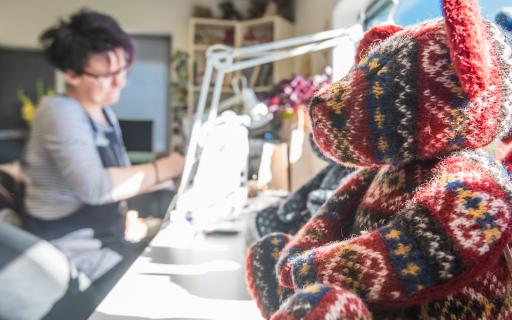
Nesting
In Nesting, a parish in the north of the Shetland Mainland, stories are woven into the community’s fibre. These lands were shaped by the retreat of the ice during the last glacial period, which left behind sheltered inlets, jutting headlands and curious-shaped rocks, where early inhabitants created settlements and field systems – forerunners to the crofts we see today.
Now home to a superb array of bird species, Nesting’s natural surroundings and the wildlife, flora and fauna they spawned have proven to be quite the muse down through the centuries. Thanks to a surprising number of prolific Nesting-born storytellers and writers combined with the impressive work of the Nesting Local History Group, there’s a treasure trove of local history to delve into here.
Plan your visit
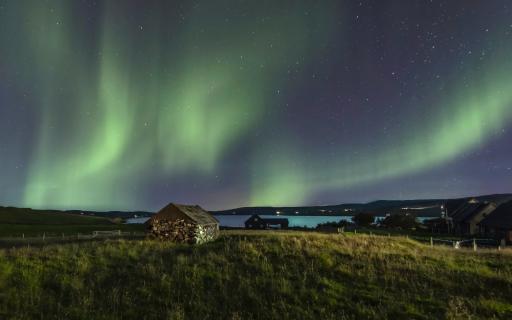
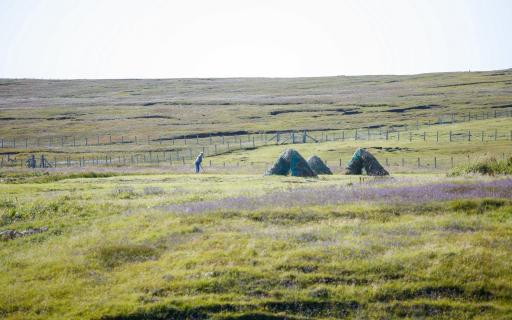
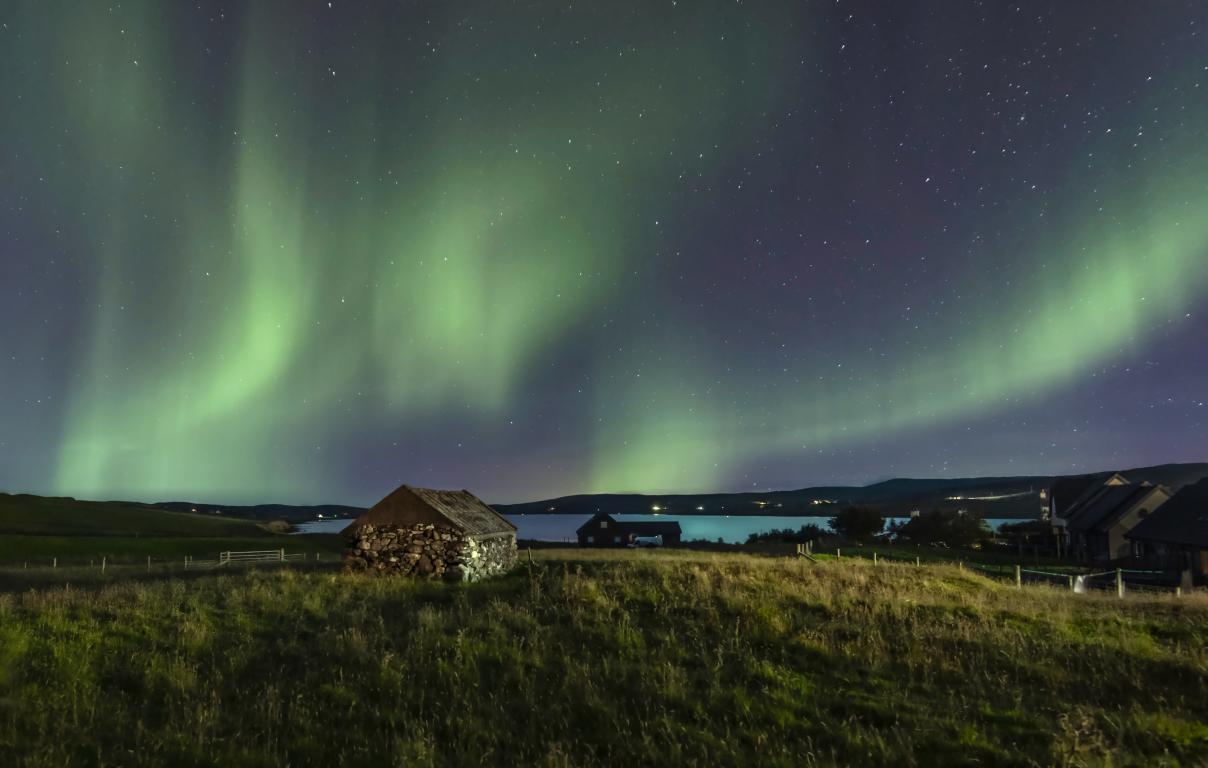
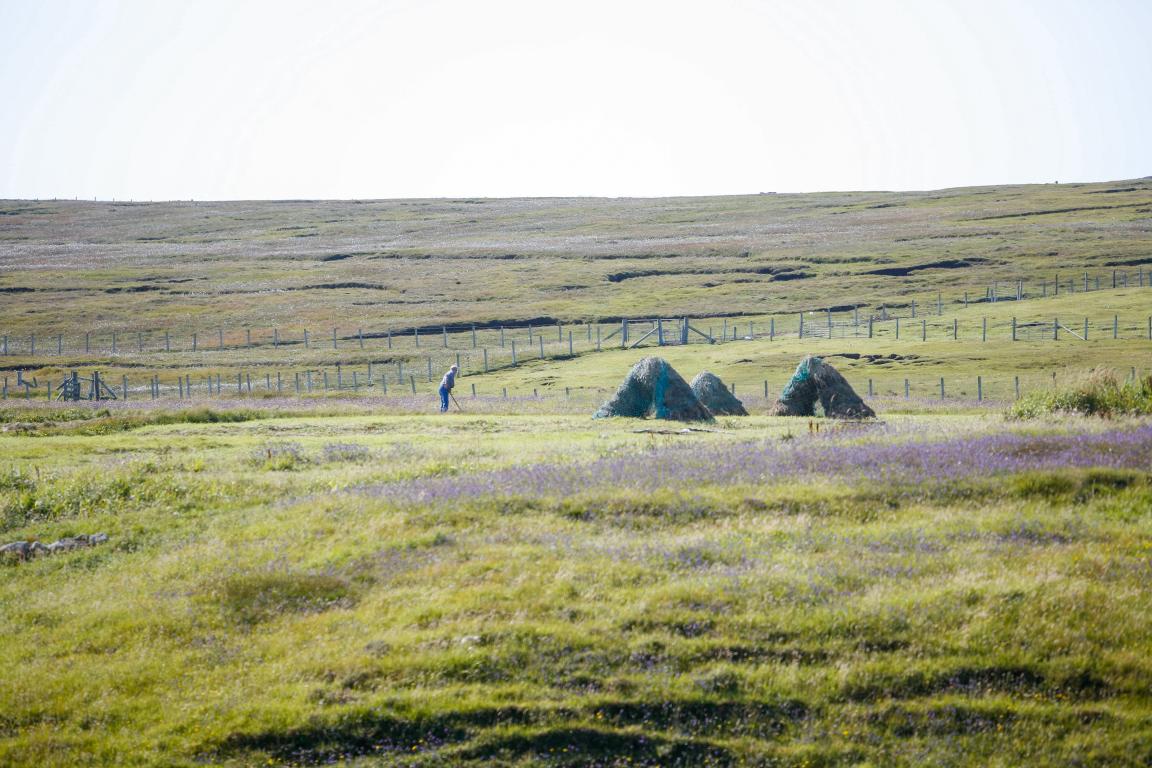
Get Inspired
In Focus: Shetland - A Personal History
"...the greatest gift in this life is peace of mind. There's no other gift in this life that can compare than peace of mind. Peace of mind and happy memories."
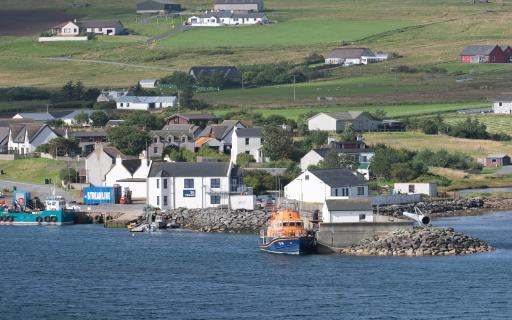
In Focus: Shetland Crofting
"I guess there was something in me that motivated me to want to do something with the land or the sea...I had no desire to have clean hands!"
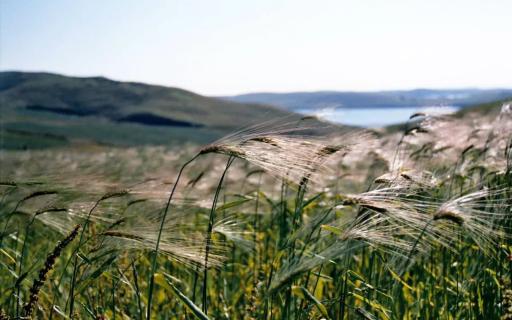
Shetland's Changing Seasons
From the switching on of chilli pepper lights, the Northern Lights in Winter to the thriving gardens and emerging wildlife of Summer, discover an array of small joys that the changing seasons can bring through the eyes of Shetlander Janice Armstrong.
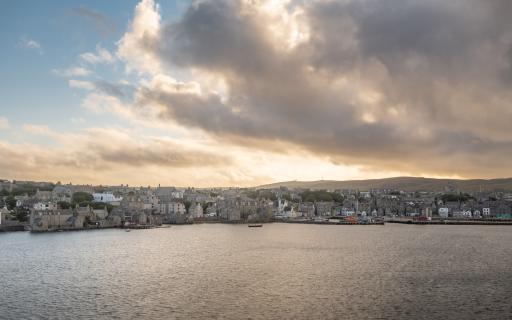
Plan your visit
Suggested Itineraries
You can visit Nesting as part of these itineraries:
